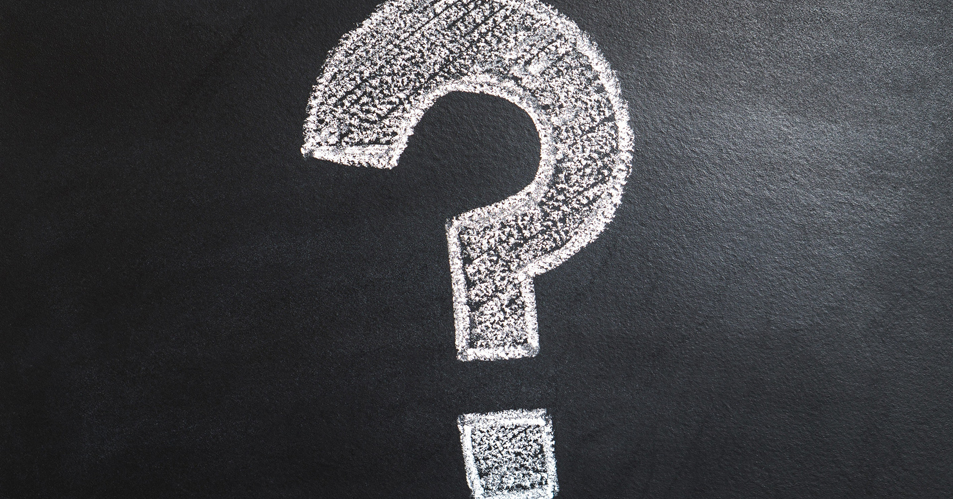Selective GK Questions

‘Farad’ is the unit of:
(A) Resistance
(B) Conductanc
(C) Capacitance
(D) Inductance
Correct Answer : C
India became a member of the United Nations in_____.
(A) 1963
(B) 1960
(C) 1951
(D) 1945
Correct Answer : D
Explanation :
India became a member of the United Nations (UN) on October 30, 1945, shortly after gaining independence from British rule. As one of the founding members of the UN, India has been actively involved in international diplomacy and has contributed to various UN initiatives and peacekeeping missions over the years.
In which year did the Partition of Bengal take place?
(A) 1910
(B) 1902
(C) 1903
(D) 1905
Correct Answer : D
Explanation :
The Partition of Bengal occurred in 1905 when the British colonial administration decided to divide the province of Bengal in British India. The primary stated reason was administrative efficiency, but it had significant political implications. The partition led to widespread protests and opposition from various communities, particularly due to concerns about communal tensions and political motivations. In response to the widespread protests, the British government annulled the partition in 1911 and reorganized Bengal. The event had lasting effects on the political consciousness of the region and contributed to the development of political movements in India.
Whose teaching inspired the French Revolution?
(A) Hegal
(B) Plato
(C) Locke
(D) Rousseau
Correct Answer : D
Explanation :
Jean-Jacques Rousseau, an Enlightenment philosopher, political theorist, and writer, had a profound influence on the intellectual climate leading up to the French Revolution. His ideas, particularly those expressed in works like "The Social Contract" and "Emile," emphasized the concepts of popular sovereignty, equality, and the general will. Rousseau's emphasis on individual rights, democratic principles, and the idea that government should be based on the will of the people contributed to the ideological foundation that inspired the leaders and thinkers of the French Revolution in the late 18th century.
In which year did the German Christian missionaries reach Ranchi?
(A) 1851 A.D.
(B) 1857 A.D.
(C) 1845 A.D.
(D) 1832 A.D.
Correct Answer : C
Explanation :
In 1845 A.D., German Christian missionaries arrived in Ranchi. These missionaries played a significant role in the establishment and development of Christian missions in the region. Their efforts contributed to the growth of Christianity in Ranchi and the surrounding areas, impacting the local communities and cultural landscape.
Which of the following republic is not associated with Yugoslavia?
(A) Slovania
(B) Macedonia
(C) Latvia
(D) Bosnia
Correct Answer : C
Explanation :
Yugoslavia was a country in Southeastern and Central Europe that existed from 1918 to 1992.
It came into existence in 1918 [b] following World War I, by the merger of the Kingdom of Serbia with the Provisional State of Slovenes, Croats and Serbs under the name of the Kingdom of Serbs, Croats and Slovenes (which was composed of territories in the former Austria-Hungary). of Hungary), and formed the first federation of South Slavic peoples as a sovereign state, after centuries of foreign rule over the area under the Ottoman Empire and Austria-Hungary. Peter I of Serbia was its first sovereign. The state received international recognition at the Conference of Ambassadors in Paris on 13 July 1922. The official name of the state was changed to Kingdom of Yugoslavia on 3 October 1929.



